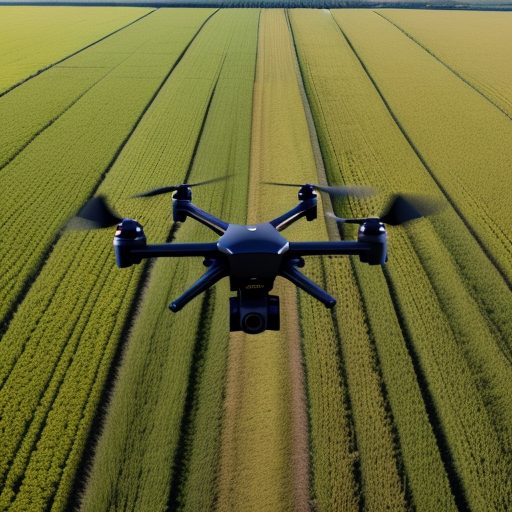Modern Agriculture
How can we continue to meet the ever-growing demand for safe and nutritious food in the years ahead?
How can we do this in a responsible manner that preserves our natural resources and current biodiversity for future generations?
Never has there been a need to produce new and healthier foods than today. It is believed that by 2050 the world population will reach an astounding nine billion people, which is three billion more than today. This poses an enormous challenge for agriculture because there is limited area available for farmland. It is estimated that the amount of fertile farmland per person in 2050 will be less than a third of that in 1950.
Modern agricultural systems have been developed with the goal of obtaining the highest yields possible for each crop. To achieve this objective, practices such as tillage, monoculture, application of fertilizers, irrigation, pest and disease control, and the use of biotechnology, represent the basic foundation of the strategy. Each practice contributes to productivity, but when they are all combined in a farming system, each depends on the others. The jobs of all agriculture specialists have been key to the development and application of the system.
Technologies
For more than 10,000 years humankind has been breeding crops. Only recently has mechanization revolutionized the countryside with machinery and replaced oxen with tractors. Today we’re witnessing a new farming revolution triggered by the adoption of staggering new technologies: satellites, global positioning systems, smart sensors, and precision agriculture in combination with seed engineering; these are, among others, the most important. Precision farming is about accurately managing the different variable parameters within a crop ecosystem, such as climate, soil mineral content, vegetation, water, etc. to increase productivity using fewer resources and reducing production costs.
Seed Development in the Modern Age:
Many techniques are used to develop new bred seeds in modern agriculture, and they are often grouped into the following basic categories:
-
Phenotypic selection is the most basic procedure in the development of new crops. It is the purposeful selection of plant species in order to create desired genotypes and phenotypes for specific purposes. This technique involves either some form of natural or artificial pollination followed by the selection of offspring.
-
Hybridization is the most common technique used in crop development. The aim of hybridization is to bring together desired traits found in different crops into related species in order to create a hybrid via artificial pollination.
-
Genetic engineering is a term used for the directed selection of genes, that is, the transfer of genes between organisms or changes in the sequence of a gene. The techniques most commonly used are particle bombardment, agrobacteria, the development of chloroplasts, and CRISPR/Cas9.
Soil Protection
Protecting the quality of our soils is as important as protecting the air we breathe and the water we drink. Appropriate soil management is fundamental to protecting our ecosystems and to maintaining our ability to grow or maintain a garden in our yard. Soil quality focuses not just on characteristics such as nutrient availability and total organic matter levels, but also focuses on microbial activity and soil texture and structure. Soil protection is accomplished through conservation methods such as crop coverage, minimal tillage, the use of organic and inorganic fertilizers, and crop rotation, among many others.
Water Resource Conservation
Our member companies are loyal to their corporate principles of respect towards people, health and safety, high ethical values, and respect for the environment. They engage in a rational and responsible use of one of the most important resources to life and agriculture: water. We use a drip irrigation system; this system is based on the use of tubes or flexible hoses with fixed transmitters located at certain distances. These slowly dispense water and are aimed at the plants’ roots, thus mainly avoiding volume loss through evaporation, wind, and leakage. Today we are proud to say that we have one of the most efficient, versatile, and easy-to-use agricultural water irrigation systems in the country.
Our commitment to the environment and the efficient use of vital resources such as water has been, since the beginning, a priority; we will remain loyal to said commitment, modernizing our irrigation systems and water supplies, ensuring the permanence of these companies and expanding the economic contribution of agricultural biotechnology in Puerto Rico.

